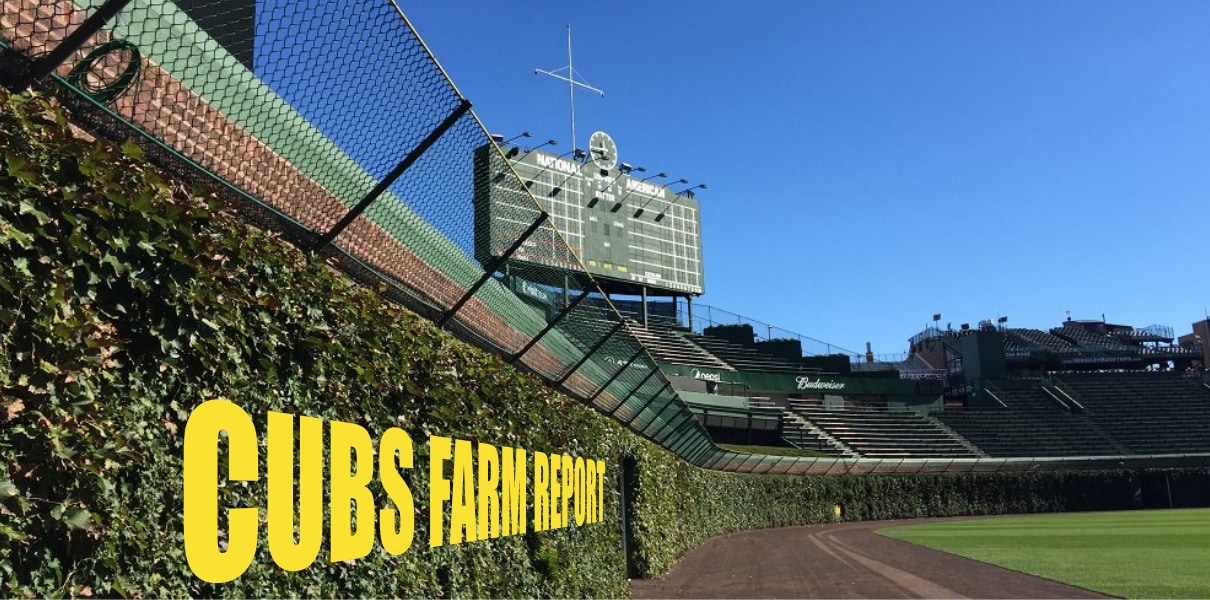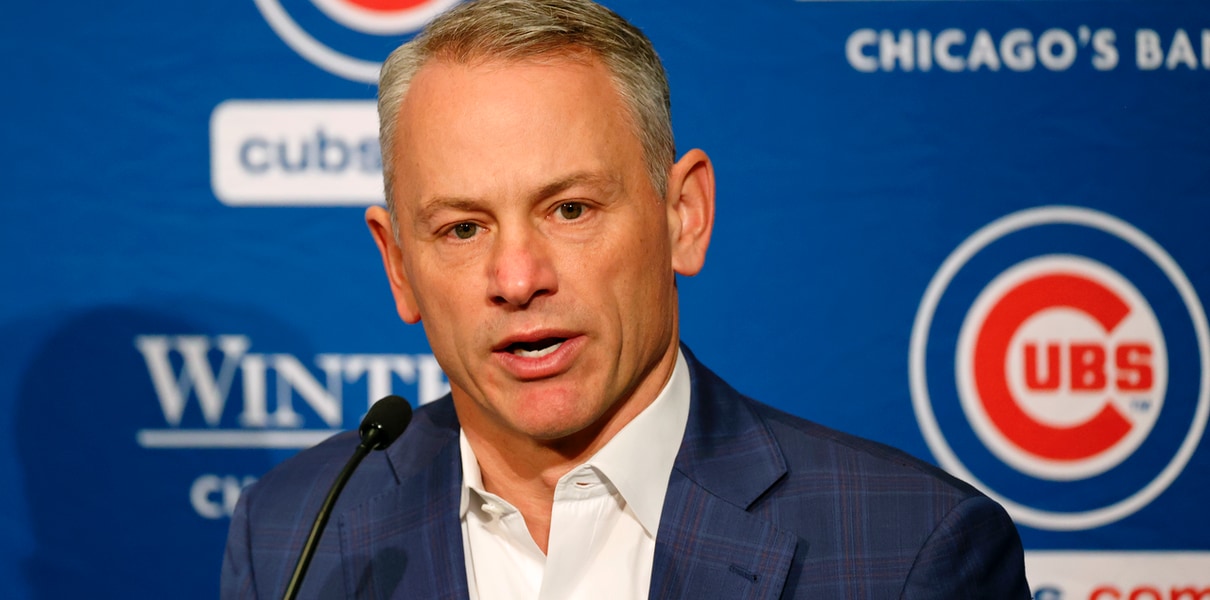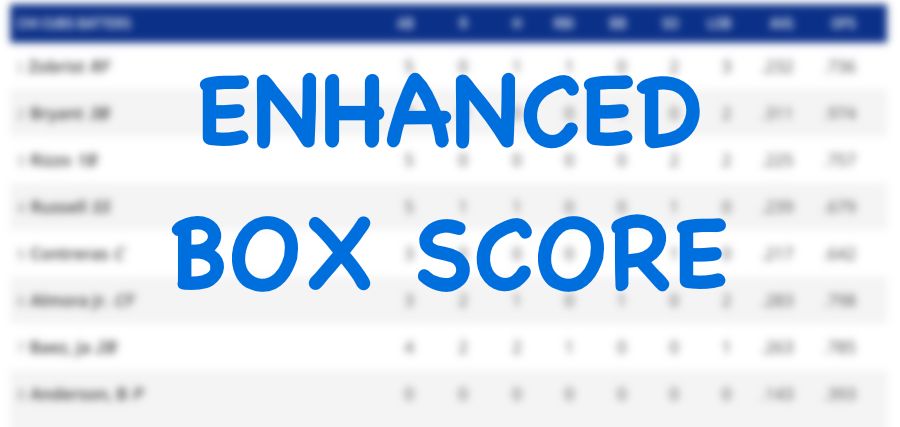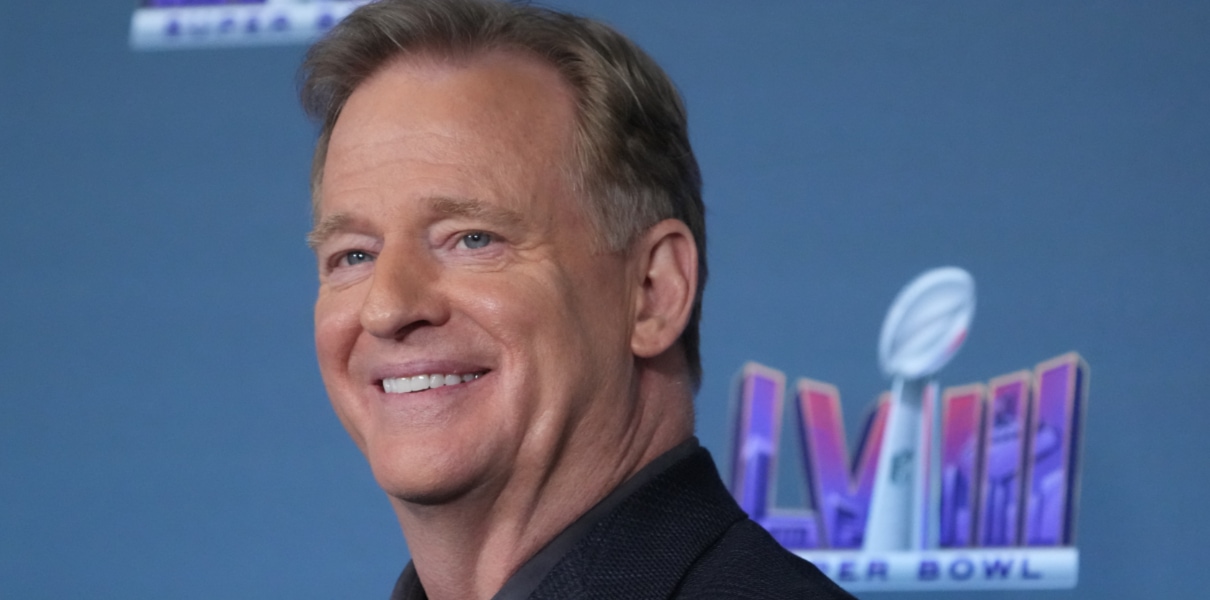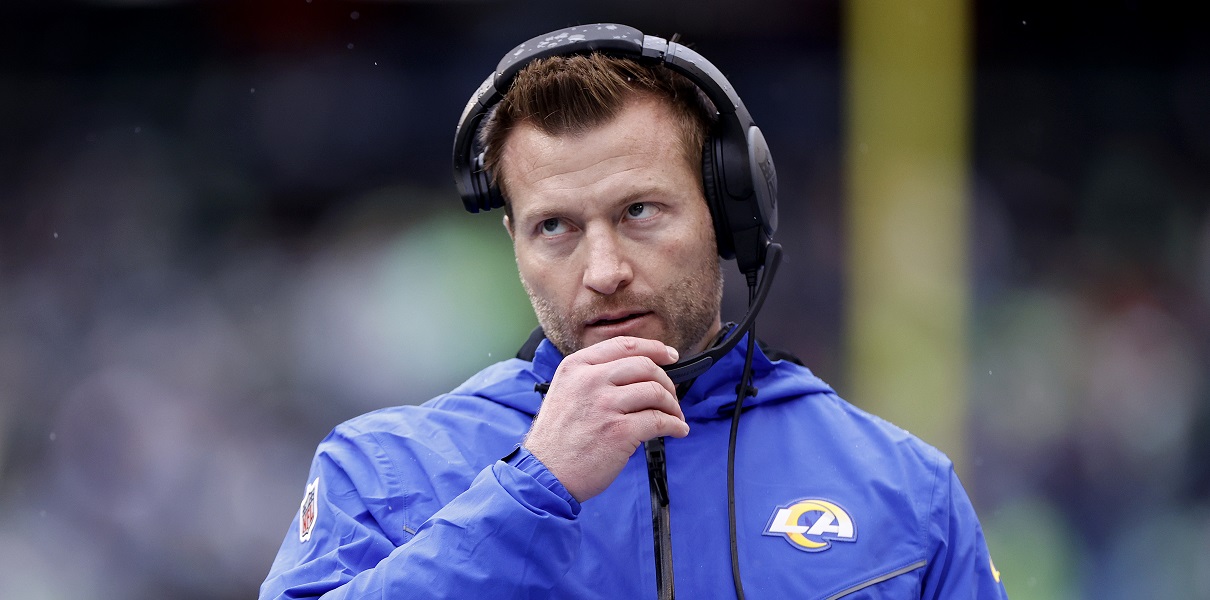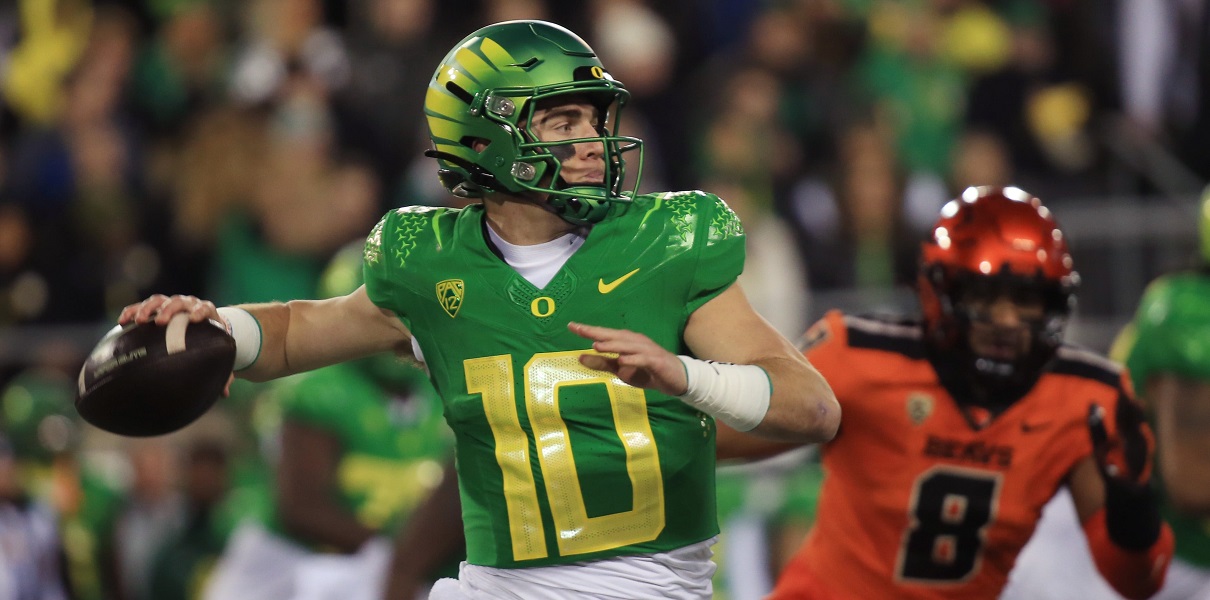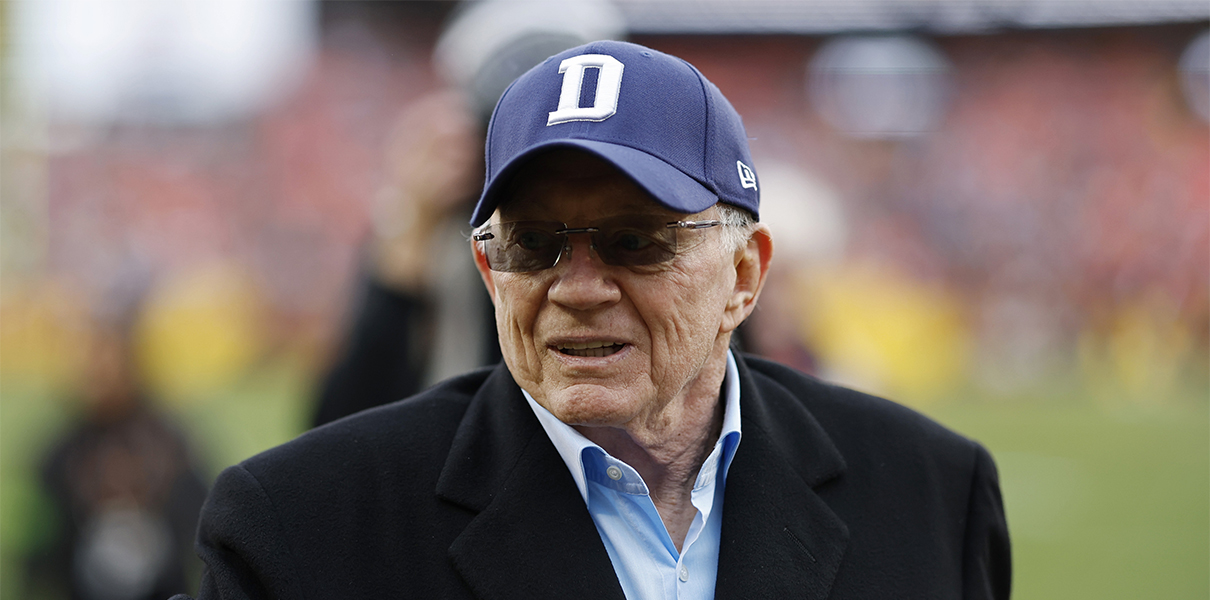I wouldn’t call it a lock that a lottery is coming to the MLB Draft in the eventual new Collective Bargaining Agreement, but if the universal designated hitter is 99% proposition, then it increasingly feels like a draft lottery is in the 90 to 95% range.
Each of the owners’ and players’ last economic proposals for the CBA included a version of a draft lottery as a means to improve competitive integrity (i.e., reduce tanking). That doesn’t mean the final CBA will definitely include one, as it is at least conceivable that the difference between their visions is strong enough that one side would rather Give Up Item X instead of go with the version of the lottery the other side has proposed. Heck, I’d argue that doing away with hard draft bonus pools would do more to reduce tanking than any draft lottery could, but there’s no indication that the sides are even discussing going back to that setup.
The fact that each side is offering up a version of a lottery in its latest proposal, though, sure does seem like strong evidence that it’s a concept enough folks are on board with that it’ll be employed in some form or fashion. Thus, I got more curious about how *precisely* the draft lottery would be deployed in the vision of each side, and how they might bridge the gap to something we’ll actually see in place in 2023 and beyond (no version is going to kick in for 2022, so don’t worry: the Cubs’ number 7 pick is safe).
Previously, all we (thought we) knew was that the owners wanted three teams (or was it picks?) in the lottery, while the players wanted eight. Both sides wanted to exclude certain teams from being in the lottery too many years in a row, and the players also wanted to tie market size into the process somehow. But we should put a finer point on this stuff if we can.
Thankfully, each of MLBTR and The Athletic recently got more eyes on what each side is proposing, which you can read in detail here and here. It’s actually not QUITE what’s been discussed before.
Some of the main points:
⇒ In both proposals, all non-playoff teams would be eligible for the lottery (note that the number of playoff teams could change in the next CBA, too). In the owner proposal, the first three picks would be awarded by lottery, and then it would go in reverse standings order from there, starting at pick four. In the player proposal, the first eight picks would be awarded by lottery, and again, reverse standings order would follow.
⇒ In the owner proposal, a team cannot get a top three pick more than two years in a row. The player proposal also bounces certain teams from the lottery, but it is stratified by market size, via The Athletic:
Large-market teams that finish in the bottom eight based on winning percentage in two straight seasons, or in the bottom 12 in three straight seasons, can’t participate in the lottery.
Small-market teams that finish in the bottom four in the previous two seasons, or in the bottom eight in three years, are ineligible for the lottery.
⇒ We don’t have the odds for the player proposal, but the owners’ version would give the worst record a 15% chance of getting the top pick, descending to 10% by the fifth worst record, descending to 0.75% by the final non-playoff team. Then, for the teams that did not win one of the top three picks included in the lottery, it’s just straight reverse regular season standings from there. So if the worst team in the league didn’t get a top three pick, they would pick fourth.
⇒ The player proposal would award bonus picks to smaller-market teams that made the playoffs (after the first round) or finished above .500 but didn’t make the playoffs (after the second round). Teams like the Cubs – the teams excluded from competitive balance picks – would also be excluded from getting these types of picks.
⇒ Moreover, in the player proposal, once you get to the postseason teams? The small-market postseason clubs would pick first, in reverse regular season record, and then the large-market postseason clubs. So, for example, in a year where the Cubs snuck in the playoffs as, say, the last Wild Card team, they’re still probably not picking until well into the 20s.
As you can see, the player version of the draft lottery is *HEAVILY* weighted toward trying to push small-market clubs to compete more aggressively each year. I don’t necessarily have a huge issue with that – even as a Cubs homer – so long as careful consideration is given to which teams qualify for which category (specifically, yes, I’m talking about the Cubs and Cardinals being treated separately, which does not make sense based on revenue opportunities).
I tend to think a blending of the two is a little cleaner – more than three spots picked by lottery, but fewer advantages created for smaller-market teams – and I’d throw in the ability to trade draft picks for good measure.








